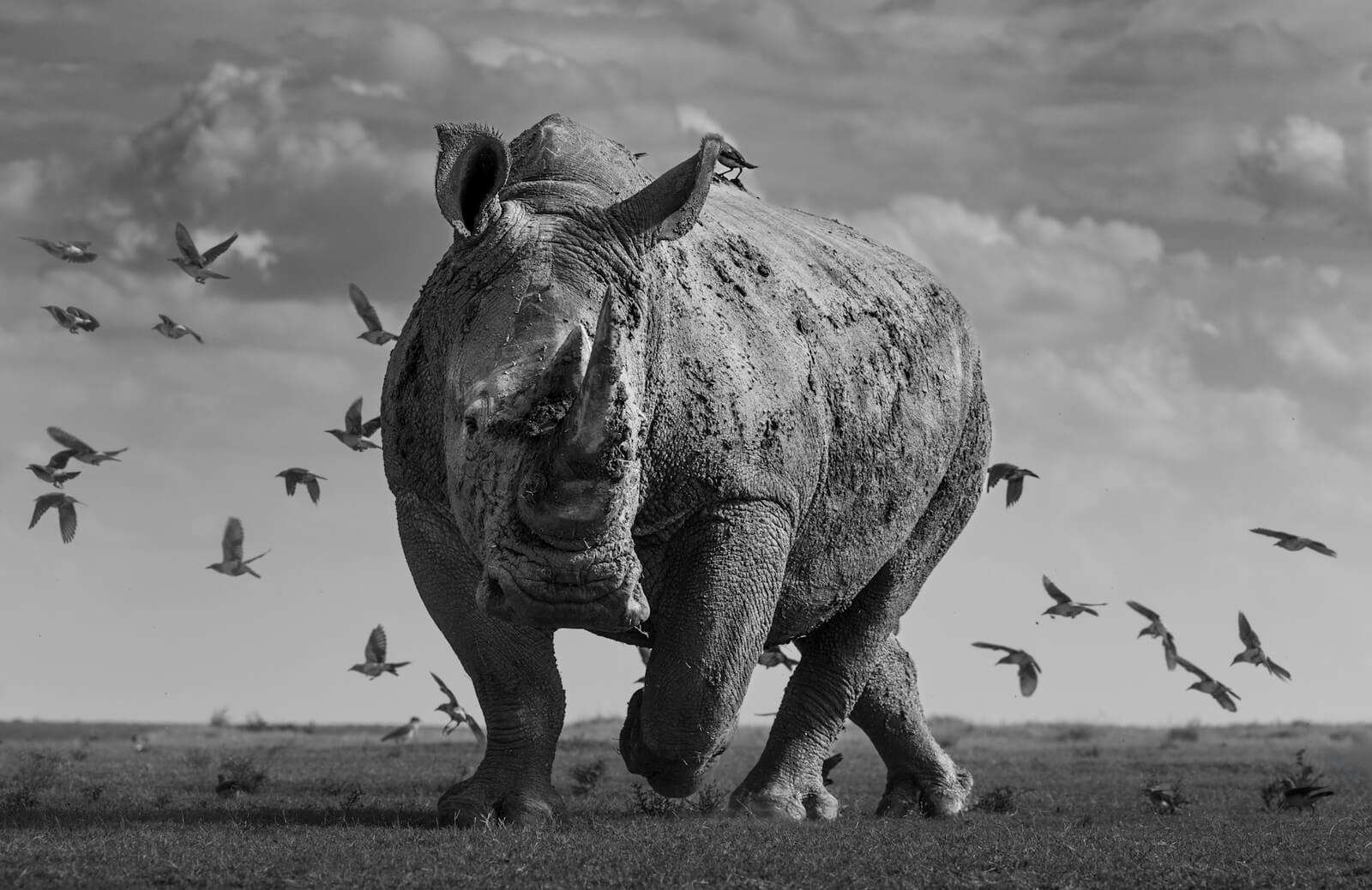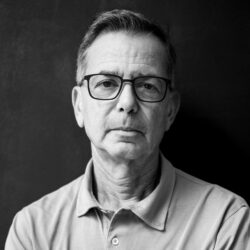
Alessandro Marena

PX3 Prix de la Photographie Paris 2025 – Non-Professional First Place Winner in Nature – Jurassic Park
When did you first visit the reserve, and was there a defining moment that convinced you this could be a project?
I visited Solio Game Reserve only once, in October 2024. My initial goal was simple — to come away with one or two powerful images of these incredible animals. But once I arrived, I felt completely transported, as if I had stepped into a prehistoric era where time had stopped. When I began reviewing the images, I realized that no single photograph could truly capture the essence of that place or the presence of its rhinos. Only a series could do them justice. Then I realized that I had the main shot of the series: the rhino with the flock of birds. That’s when Jurassic Park was born — a visual tribute to their strength, solitude, and ancient grace.
How did you approach photographing rhinos in a way that highlights their presence, dignity, and wildness?
It started with getting as low and as close as possible — literally lying on the ground to meet them at eye level or even lower. The first attempts were honestly a bit intimidating: you step out of the car, lie flat in the dust, and watch these massive creatures walking straight toward you, sometimes closing the distance to barely one or two meters, while the vehicle slowly moves away. For a moment, you feel (and you are) completely exposed. But then you realize that in this extraordinary place, they are not a threat — they are calm, confident, and utterly majestic. That feeling of trust and connection shaped everything. By shooting from that low perspective, I wanted to emphasize their monumental presence and quiet dignity. In black and white, stripped of distraction, their textures and forms become almost sculptural — timeless, like living fossils.
What equipment and settings did you favor in this environment, especially for wildlife in sometimes challenging conditions?
I work with the Canon R5, and I’ve always been a huge fan of the 400mm f/2.8 — I go crazy for the level of detail and the bokeh that lens can deliver. But the more time I spend on safari, the more I find myself drawn to the 70–200mm. I keep reminding myself what my friend and mentor James Lewin said to me on our first safari together: “shoot wider”. Portraits with a long prime can be extraordinary, full of micro-details and texture, but wildlife gains a completely different dimension when you see it within its environment. In Solio, the 400mm was almost useless — these rhinos are enormous and often incredibly close. The 70–200mm became my lens of choice; it gave me both the intimate detail of their skin covered with mud and the breathing space to show the setting — the flat horizons of Solio’s plains and those monumental horns rising against the sky. That combination of closeness and context is what brings the images to life.
Winning the Nature Photographer of the Year title at PX3 is a major honor. What does this recognition mean to you?
It’s a great satisfaction. The Prix de la Photographie Paris is one of those awards I’ve admired for years, and to see Jurassic Park recognized there means a lot to me. This project was born from a single trip, from instinct and emotion, so having it resonate with such an international jury feels incredibly rewarding. It’s also an encouragement — a confirmation that the path I’m following, combining aesthetics and conservation, can speak to people beyond the wildlife community.
Given the threats many rhino species face, do you see Jurassic Park as also carrying a conservation or awareness message?
Yes, absolutely. The title Jurassic Park is not just a reference to their prehistoric appearance — it’s also a reminder of how close we are to turning these living giants into creatures of the past. Rhinos have survived for millions of years, yet their future depends entirely on our choices. Through this series, I wanted to show their power and resilience, but also their vulnerability. They are not relics — they’re still here, and they deserve to remain part of our world. At the same time, Jurassic Park is also a tribute to Solio Game Reserve and the extraordinary work carried out there. With more than 600 rhinos, it represents one of the greatest conservation successes in Africa — and the only place on Earth where it’s possible to witness and photograph these animals so freely and so close, still completely wild. This year, Jurassic Park also received another major recognition at an international black and white photography contest, and I decided to donate the entire cash prize to conservation — a small gesture to give back to nature, and to the rhinos who allowed me to tell their story.